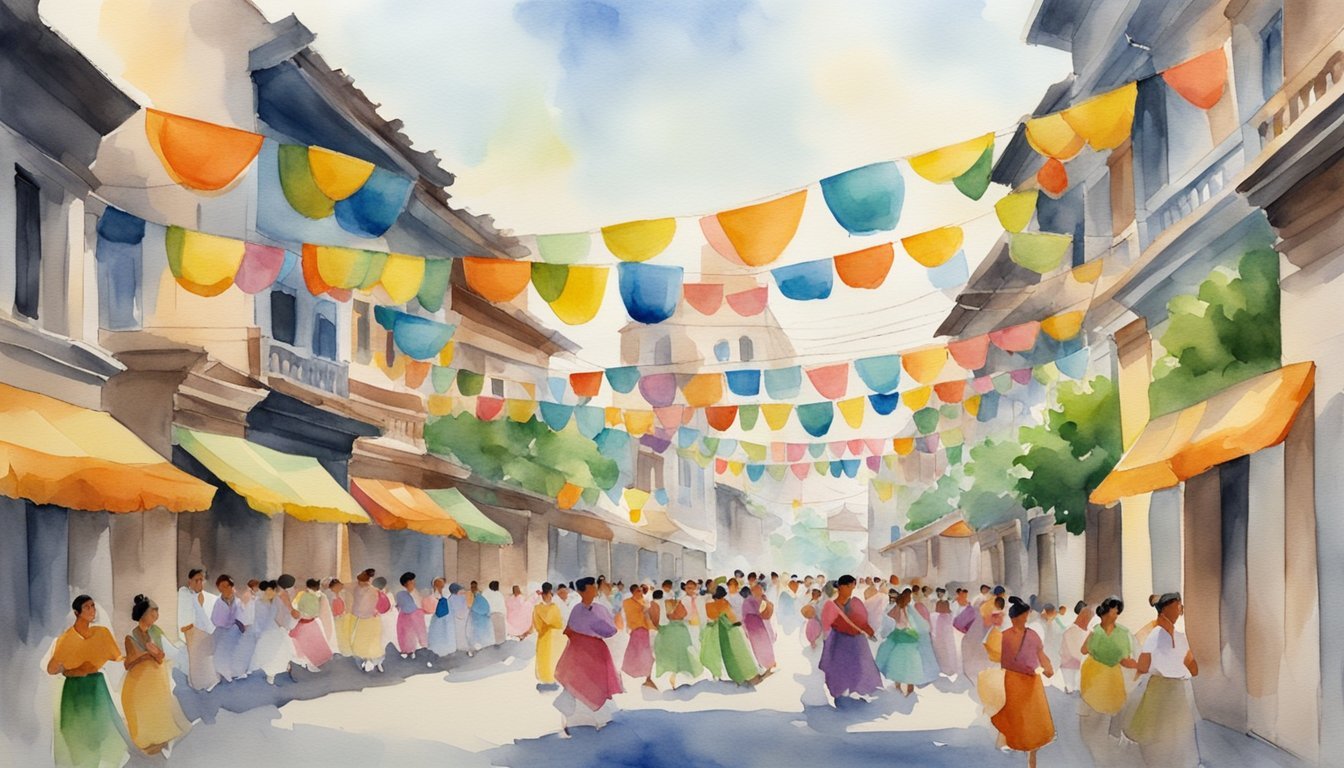Geography and Demographics
The Philippines is a remarkably diverse country not only in its natural geography, island composition, and ecosystems but also in its cultural and demographic landscape. Positioned strategically in Southeast Asia, this island nation boasts an expansive array of landscapes and a rich tapestry of cultures.
Archipelago Composition
The Philippines is an archipelago consisting of over 7,000 islands and islets. These are broadly categorized into three main geographical divisions from north to south: Luzon, Visayas, and Mindanao. Luzon is the largest island and is home to the nation’s capital, Manila. The archipelago is surrounded by large bodies of water, including the Philippine Sea to the east, the Celebes Sea to the south, and the South China Sea to the west. Key islands such as Palawan, Mindoro, Leyte, Samar, Negros, and Bohol contribute to the nation’s significant coastline, which is essential for its maritime and ecosystem diversity.
Major Cities and Capital
Manila stands as the capital, with a significant presence felt in Metro Manila, an urbanized area that includes the neighboring Quezon City, the country’s most populous city. Other major urban centers include Cebu in the Visayas and Davao in Mindanao. These cities are pivotal to the country’s economic growth and serve as hubs for commerce, education, and government.
Population and Diversity
The Filipino population is characterized by its diversity, with a mix of ethnic groups and languages. The demographics reflect a young population, with a median age indicating a demographic transition. The country’s demographic fabric is woven with various indigenous groups and a range of languages, including Tagalog, Ilocano, Cebuano, Pangasinan, Hiligaynon, and Waray, among others. This multitude of cultures and languages underlines the vast human tapestry and social complexity of the archipelago.
Culture, Governance, and History

The intersection of diverse cultural influences and a complex historical backdrop sets the stage for the Philippines’ unique governance structure and rich cultural tapestry. The country’s history is tightly interwoven with its governance and cultural expression, reflecting centuries of colonial impact and the resilient spirit of its people.
Cultural Highlights
The culture of the Philippines is a vibrant amalgamation of indigenous, Spanish, and American influences. Predominant in this blend are the Filipino values of bayanihan — the spirit of communal unity and cooperation — and a strong sense of family. Reflecting diverse ethnic groups, the country boasts several languages and dialects, with Filipino and English being the official languages. Filipinos express a rich storytelling tradition through music, dance, and art, while festivals such as the Ati-Atihan celebrate both Roman Catholic and indigenous traditions.
Political Structure
The Republic of the Philippines operates as a presidential, unitary form of government, where the President functions as both the head of state and government. Alongside the President is the Vice President, both elected by popular vote. The government comprises three main branches: the Executive, led by the President; the Legislative, consisting of the Senate and the House of Representatives; and the Judicial, headed by the Supreme Court. Local government units in cities and municipalities also play crucial roles in governance.
Historical Events
The Philippines has a storied past, highlighted by its declaration of independence from Spain on June 12, 1898, after more than three centuries of colonial rule. This move away from Spanish rule was just the beginning of its journey, as it later came under American control and faced invasion during World War II. In contemporary history, the nation experienced Martial Law under Ferdinand Marcos and the peaceful EDSA Revolution that eventually restored democracy. More recently, Ferdinand “Bongbong” Marcos Jr., the son of the former dictator, has taken on the role of President, stirring varied reactions from a populace deeply aware of their historical context.

